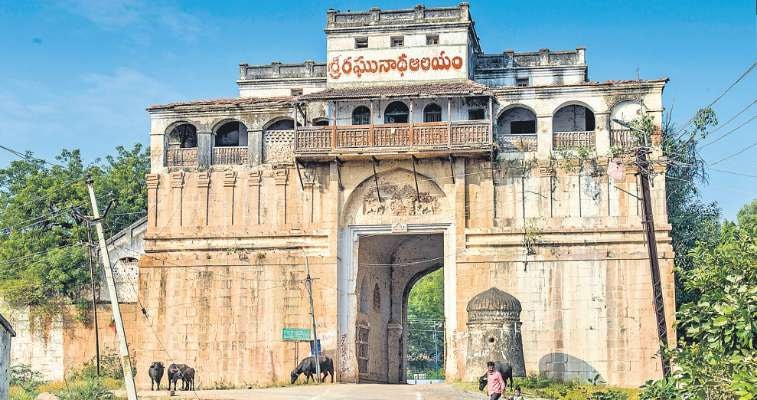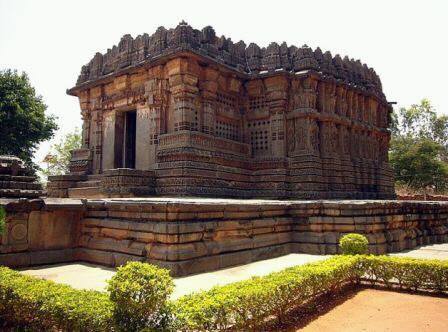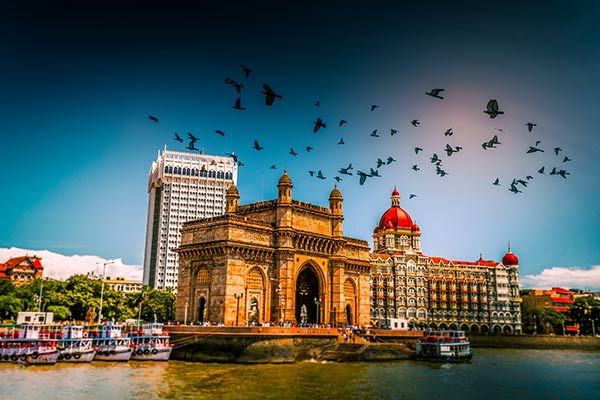Parbhani, Maharashtra City Guide: Where To Go, Stay, Eat, And shop in India’s best city.
Parbhani is a city located in the Marathwada region of Maharashtra, India. It serves as the administrative headquarters of the Parbhani district and is known for its historical significance, agricultural prominence, and cultural heritage. The city is situated on the banks of the Purna River, a tributary of the Godavari River, and is surrounded by fertile agricultural land. Parbhani is often referred to as the “Turmeric City” due to its significant production of turmeric.
Key Features of Parbhani:
- Historical Significance:
- Parbhani has a rich history dating back to ancient times. It was part of the Satavahana Empire and later ruled by various dynasties, including the Rashtrakutas, Chalukyas, and Mughals.
- During the medieval period, Parbhani was an important center for trade and commerce.
- The city played a significant role in the Indian independence movement and was part of the Hyderabad State before being integrated into Maharashtra in 1956.
- Cultural and Religious Sites:
- Hazrat Turabul Haq Dargah: A revered Sufi shrine dedicated to the saint Hazrat Turabul Haq, attracting devotees from various communities.
- Jamb Samarth Temple: A historic temple dedicated to Lord Rama, located in the nearby village of Jamb.
- Siddheshwar Temple: A popular temple dedicated to Lord Shiva, known for its architectural beauty and spiritual significance.
- Gurudwara Singh Sabha: A prominent Sikh shrine in Parbhani, reflecting the city’s religious diversity.
- Agricultural Importance:
- Parbhani is a major agricultural hub in Maharashtra, known for its production of turmeric, cotton, soybeans, and pulses.
- The city is often referred to as the “Turmeric City” due to its high-quality turmeric production, which is exported across India and internationally.
- The Vasantrao Naik Marathwada Agricultural University is located in Parbhani, playing a key role in agricultural research and development.
- Economy:
- The economy of Parbhani is primarily based on agriculture, with crops like turmeric, cotton, and soybeans being major contributors.
- The city also has small-scale industries, including agro-based industries, textiles, and handicrafts.
- The Parbhani Industrial Area promotes industrial growth and provides employment opportunities.
- Education and Healthcare:
- Parbhani is home to several educational institutions, including Vasantrao Naik Marathwada Agricultural University and Government Medical College.
- The city has a network of schools, colleges, and vocational training centers.
- Healthcare facilities include hospitals, clinics, and diagnostic centers.
- Transportation:
- Parbhani is well-connected by road and rail. The Parbhani Junction Railway Station is a major stop on the South Central Railway network.
- The city is accessible via National Highway 222 (NH 222) and other state highways.
- The nearest airport is Nanded Airport, located about 70 kilometers away.
- Festivals and Culture:
- Parbhani celebrates festivals such as Ganesh Chaturthi, Diwali, Eid, and Muharram with great enthusiasm.
- The city is known for its vibrant culture, including traditional Marathi folk music, dance, and art forms.
- The local cuisine includes traditional Maharashtrian dishes like puran poli, bhakri, and zunka.
Challenges:
- Parbhani faces challenges such as urbanization, water scarcity, and the need for better infrastructure.
- Efforts are being made to promote sustainable agriculture, improve connectivity, and preserve the city’s cultural heritage.
Parbhani is a city that beautifully blends history, agriculture, and culture. Whether you’re exploring its religious sites, experiencing its vibrant festivals, or learning about its agricultural innovations, Parbhani offers a unique and enriching experience for visitors. It remains a vital center of Maharashtra’s agricultural and cultural landscape.

![Parbhani, Maharashtra City Guide: Where To Go, Stay, Eat, And shop in India’s best city. [Updated-2025]](https://traveloinfo.com/wp-content/uploads/2025/02/ParbhaniMaharashtra-872x547.jpeg)
![Best Places to Visit in Soyagaon, Nashik, Maharashtra [Updated-2025]](https://traveloinfo.com/wp-content/uploads/2025/06/Soyagaon-Nashik-Maharashtra.jpg)
![Best Places to Visit in Bhubaneswar, Odisha [Updated-2025]](https://traveloinfo.com/wp-content/uploads/2025/06/sun-temple-odisha.png)
![Best Places to Visit in Brahmapur (Berhampur), Ganjam, Odisha [Updated-2025]](https://traveloinfo.com/wp-content/uploads/2025/06/berhampur123.jpg)



![Bangalore, Karnataka City Guide: Where To Go, Stay, Eat, And shop in India’s best city. [Updated-2025]](https://traveloinfo.com/wp-content/uploads/2025/02/bangaloref.jpg)
![Hyderabad, Telangana City Guide: Where To Go, Stay, Eat, And shop in India’s best city. [Updated-2025]](https://traveloinfo.com/wp-content/uploads/2025/02/hydrabad1.jpg)
![Ahmedabad, Gujarat City Guide: Where To Go, Stay, Eat, And shop in India’s best city. [Updated-2025]](https://traveloinfo.com/wp-content/uploads/2025/02/ahemadabad1.jpg)